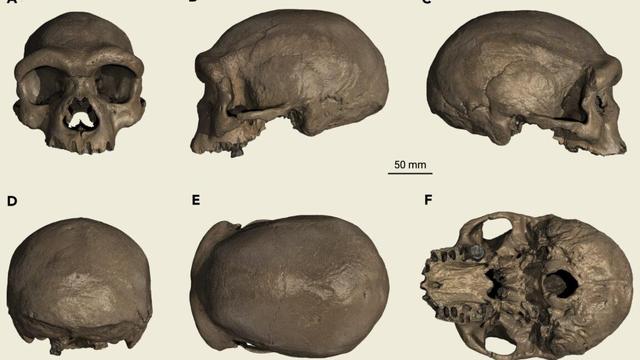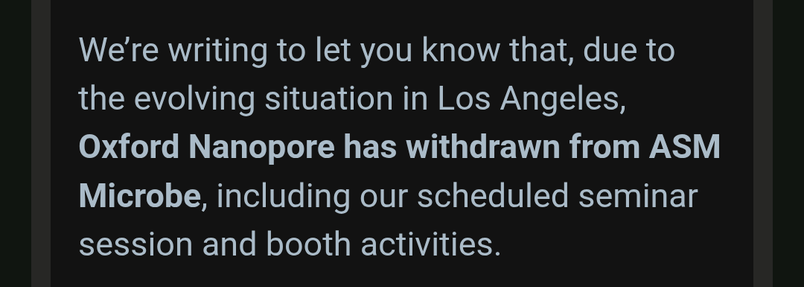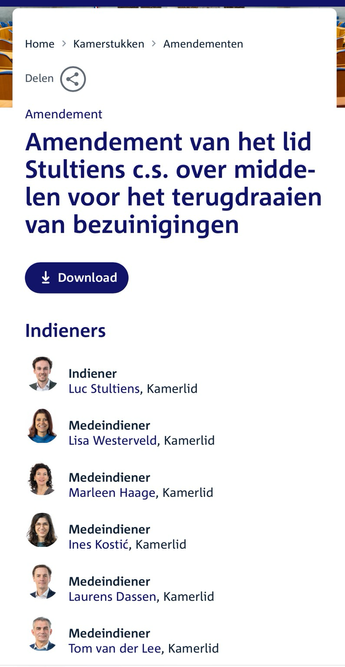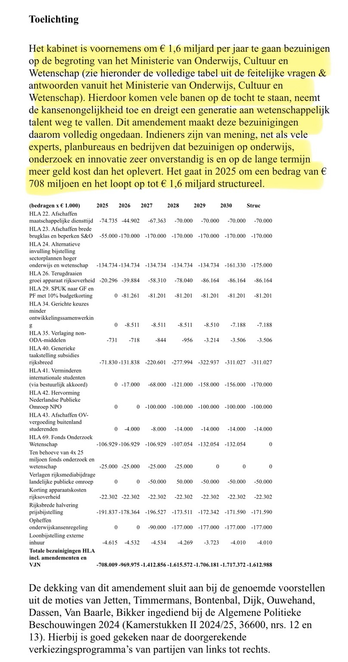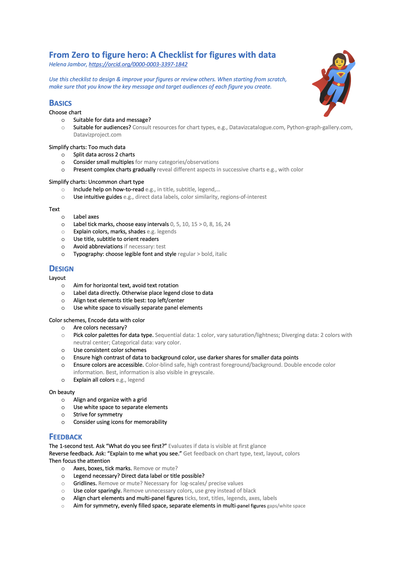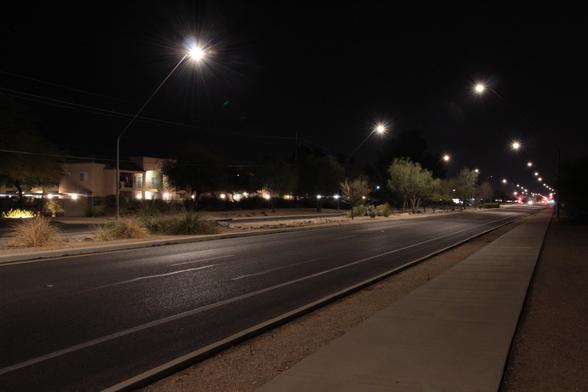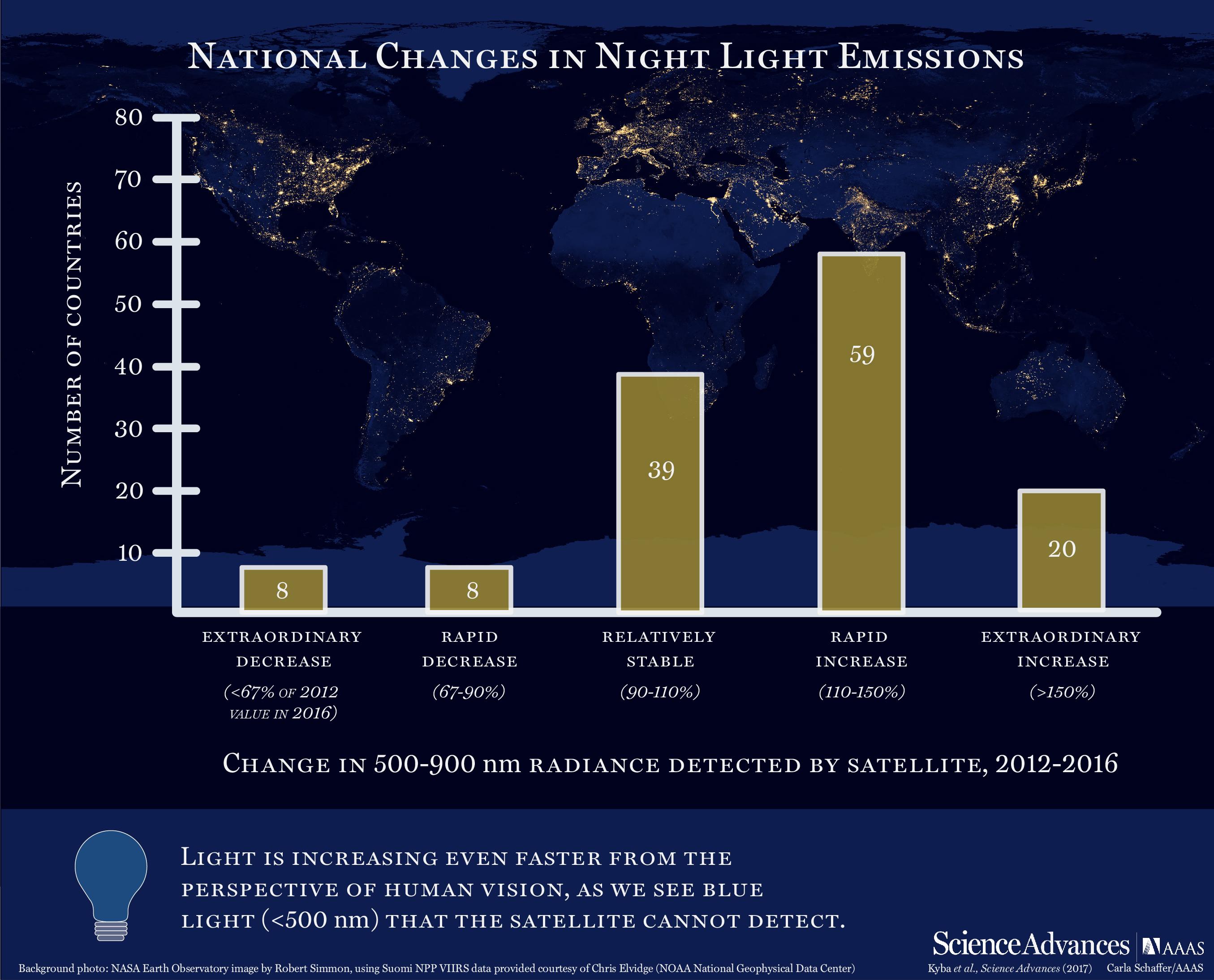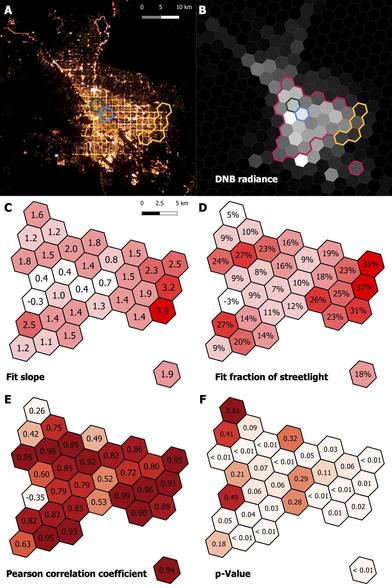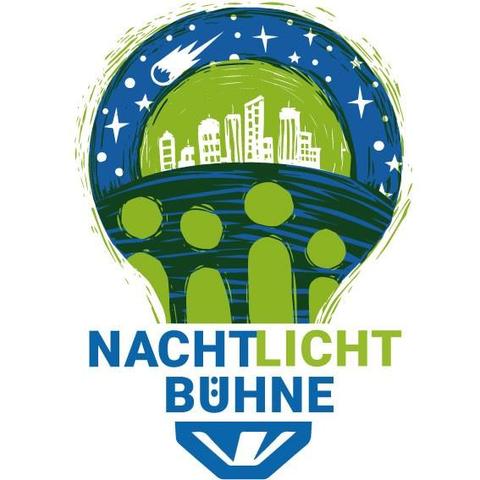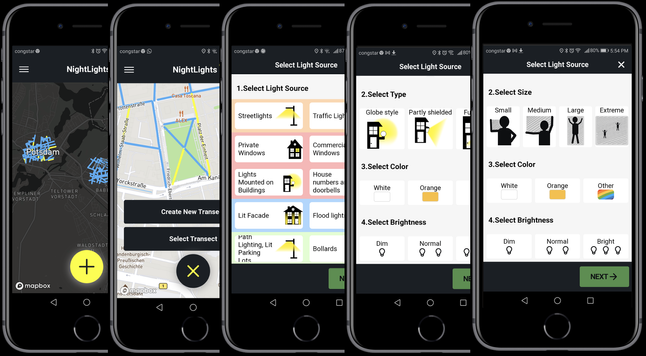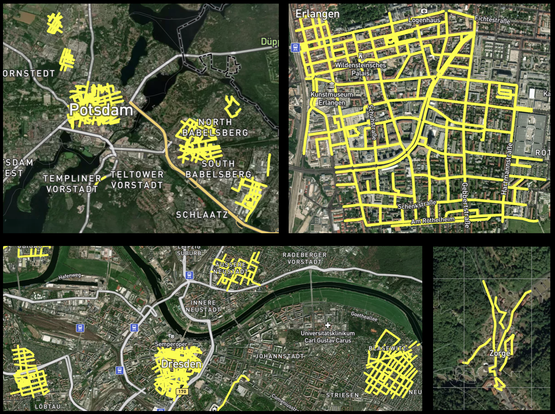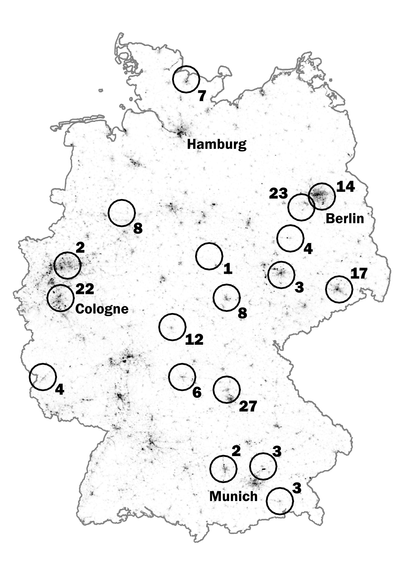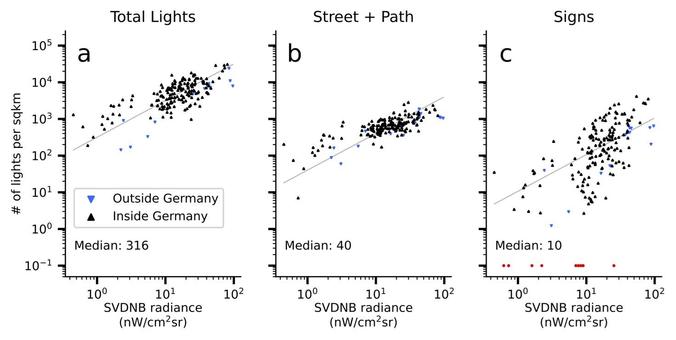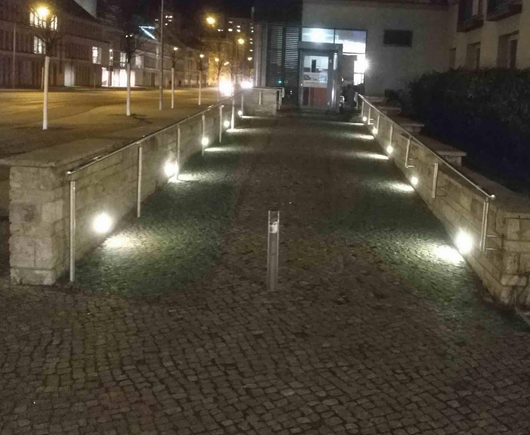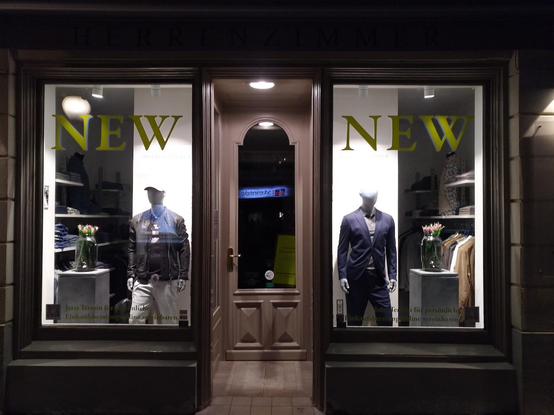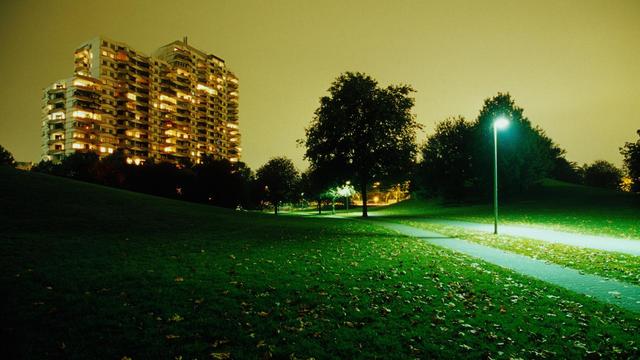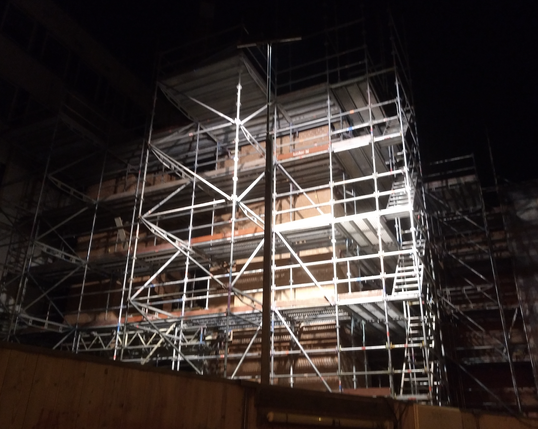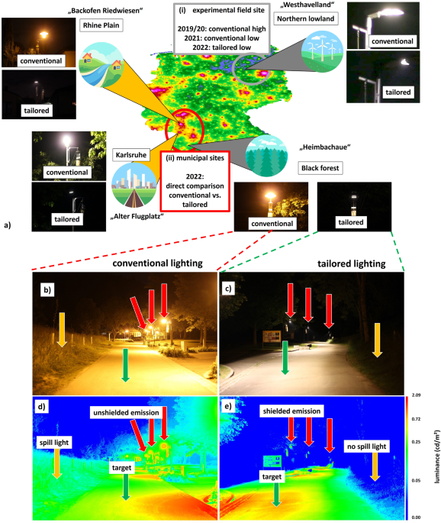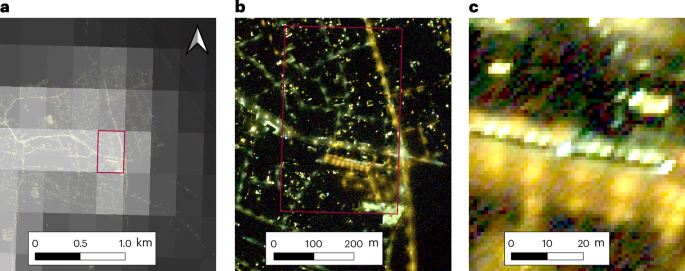These results are particularly important for people who model artificial night sky brightness (skyglow), because up until now, most skyglow models assume that all of the light comes from streetlight-style lights.
This shows that there are a great number of light sources that shine sideways (signs, and windows), that are right now being largely ignored.
This is also important for efforts to reduce #LightPollution, because it means that while streetlights are important, fixing them is not going to come close to fixing the entire problem.
Illuminated advertisements and lights mounted on buildings are also important - and the lights from residential houses probably matter a lot more than people generally think!
(13/)
